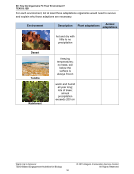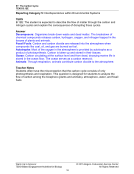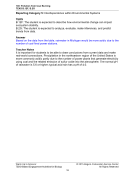stimuli, including charts, graphs, and tables. Activities are written to be brief and
targeted and can be used as formative assessment tools to gauge students’
comprehension of a concept.
Keeping a science notebook also provides an effective way for students to save
information about experiences for future use and to reflect upon those experiences
(Marcarelli, 2010). The process of notebooking
creates a space for students to reflect about experiences and encourages insight
into activities,
allows students opportunities to create,
encourages students to process what they are learning,
allows students’ ideas and feelings to flow freely,
gives a broader perspective over time,
encourages students to reread and identify recurring themes,
provides students with a safe format to communicate in a healthy and
constructive way, and
involves student expression and exploration of thought.
An interactive notebook is another tool students use in activating prior knowledge,
recording learning experiences, and revising their thinking about the topic or concept.
The input is the content learned, and the output is reflective thought gained through
learning experiences. Benefits of using an interactive notebook include developing
students’ thinking skills, increasing communication, and differentiating instruction
(Marcarelli, 2010).


























































































































































































































































































































































































































































